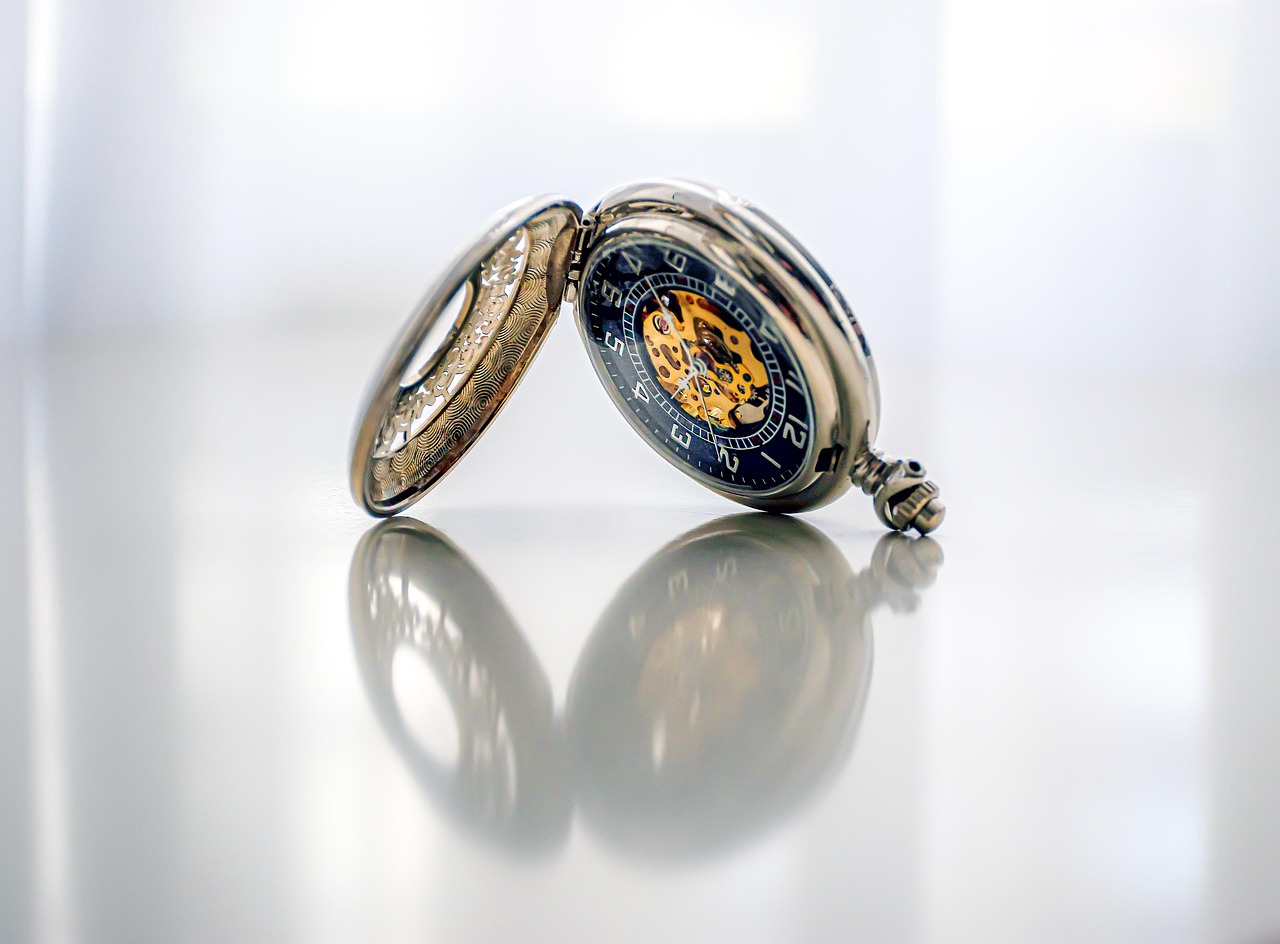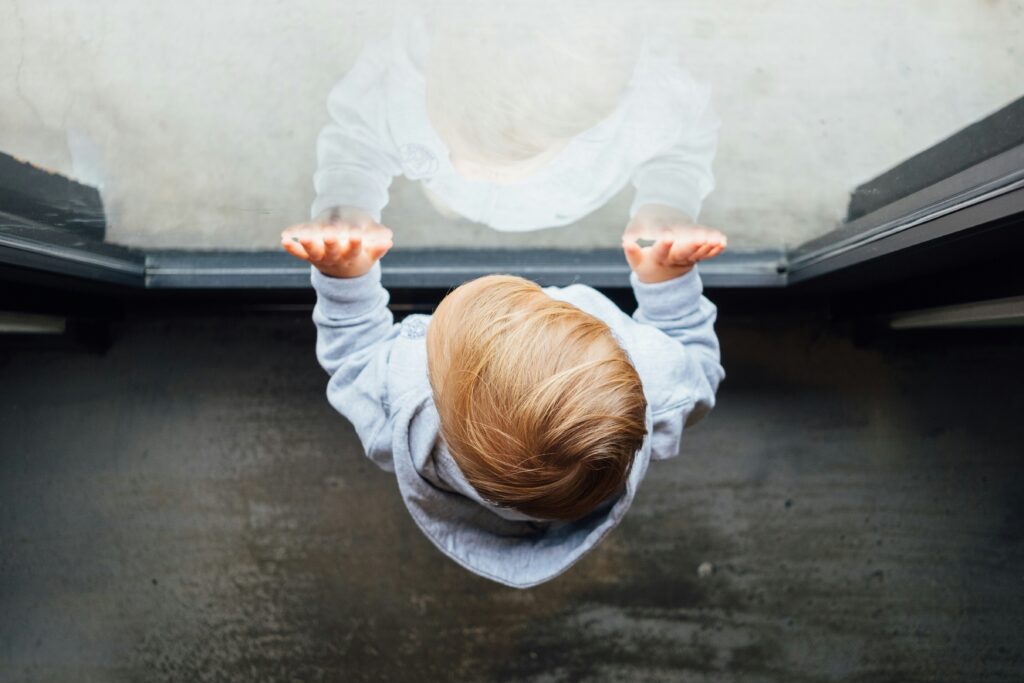Why Emotional Conversations Matter Early
Toddlers live in a world of big feelings and tiny vocabularies. One second they’re laughing, the next they’re on the floor in full meltdown mode. It’s not drama it’s development. At this age, emotions hit hard, but kids don’t always know what to do with them. That’s where parents and caregivers come in.
Helping toddlers name what they feel is the first quiet but powerful step toward emotional intelligence. When a toddler can point to “sad,” “scared,” or “angry” instead of just crying or hitting, they’re starting to make sense of their inner world. It gives the storm a name and a little breathing room.
Over time, those tiny language wins build real skills: better behavior in groups, more empathy for others, and resilience when things don’t go their way. These aren’t traits reserved for adulthood. They start to grow right here, in regular conversations with a patient grown up, when the world feels too big and confusing to handle alone.
Language Toddlers Understand
Toddlers aren’t wired for abstract terms. Words like “overwhelmed” or “anxious” don’t mean much to them yet. What does work? Keep it light, clear, and simple: feelings like “happy,” “sad,” “mad,” or “scared.” These labels give toddlers a vocabulary they can actually use.
But labeling alone isn’t enough. You’ve got to meet them where they’re at. If your toddler is flailing or crying, describe what you’re seeing: “You’re stomping your feet. Are you feeling mad?” This kind of mirroring connects their behavior to a name and helps them start to understand the link.
Repetition is your secret weapon. You might feel like a broken record, but that’s how toddlers learn. Over time, you’ll hear it come back at you in their own words. It means the message is sticking.
Tools That Actually Work
Toddlers aren’t wired for long talks or deep explanations, so the tools you use need to speak their language simple, visual, hands on. Books are still a gold mine. Picture books that name feelings and show characters handling emotions can spark recognition and teach vocabulary without feeling like a lesson. Puppets and role play come in close behind. Get silly, act out situations, and let your toddler try on different emotional roles. It’s play, but it works.
Emotion charts give toddlers a way to check in with how they feel, even if they don’t have the words. Keep it simple: happy, sad, mad, scared. Use faces or colors. A quick morning check in builds awareness over time, and helps them recognize those feelings in the moment.
Then there’s mindful breathing. A big phrase for something very basic: helping kids calm their bodies. Try “smell the flower, blow out the candle” or use a stuffed animal on their belly to show how the breath moves. It won’t work perfectly every time, but it builds a skill they’ll use for years.
The key: keep it consistent, low pressure, and part of your rhythm not just something you reach for when things go wrong.
Timing is Everything

The worst time to help a toddler understand emotions is in the middle of a meltdown. Their brain is on fire. They’re not listening, they’re surviving. That’s why the real work starts when things are calm. Quiet play, snack time, storytime these are the moments to name emotions, build trust, and practice language around feelings.
Emotional teaching should feel low stakes. Use those peaceful windows to talk about what “mad” looks like or how “sad” feels inside. Don’t turn every quiet moment into a lecture, but do use them to model calm, caring conversations.
Also, pay attention. Toddlers send signals long before the outburst. Fidgeting, whining, hiding, sudden silence all of these are cues that something’s building. Spot it early, and you’ve got a better shot at helping your kid move through big feelings without tipping into chaos. The goal isn’t to stop the meltdown. It’s to gently steer around it when you can, and to help your toddler feel safe learning about what’s going on inside them.
Modeling Emotional Honesty
Toddlers learn more from what you do than what you say. If you want them to recognize and manage emotions, you’ve got to model it first. That doesn’t mean pretending to be calm when you’re not. It means letting them see real feelings without the meltdown.
Try saying it out loud in the moment: “I feel frustrated because I spilled my coffee.” It teaches your child that feelings are normal and naming them is healthy, not something to hide.
And yes, keep doing it even when you’re running on fumes. Consistency is key. Kids notice patterns, and the more they hear you label your emotions, the more naturally it’ll come to them. Even on the hard days, showing up with honesty helps build the emotional muscle you want them to grow.
Open Communication Builds Emotional Strength
Emotional conversations with toddlers shouldn’t be reserved for breakdowns. The real work happens during the regular days the times when nothing feels urgent. Ask how they’re feeling on a walk, during snack time, or while putting on socks. When you keep the door open daily, you build a foundation of connection that makes the tough times easier to navigate.
And when big feelings do show up, resist the urge to jump straight into fixing. Toddlers need someone to hear them, not just patch them up. A quick “That sounds hard” or “I’m here with you” can go a long way. Trust builds when kids feel accepted, even when their emotions are messy.
For more on how to keep these conversations going, check out this guide to talking about feelings.
Final Tip: Be Patient
Your toddler won’t master emotional expression overnight. That’s not a failure it’s development. You may spend weeks naming the same feelings or reminding them it’s okay to cry. What matters is the consistency. Every pause to name an emotion, every calm response, tells your child that emotions are safe, not scary.
Progress may not look like full conversations. It might be a toddler pointing to an emotion chart instead of throwing a toy. Or taking a deep breath before yelling. These moments are small and they’re everything.
Persistence beats perfection. Patience teaches safety. In time, those daily efforts build a kid who knows their feelings matter and how to handle them.

 Cynthian Holleyori is a skilled article writer who has been integral to the development of Toddler Health Roll. Her deep understanding of child health and development is evident in her well-researched and practical articles, which provide parents with essential guidance on raising healthy toddlers. Cynthian's contributions have significantly shaped the platform, ensuring that it addresses the most pressing concerns of parents and caregivers.
Beyond her expertise in toddler health and nutrition, Cynthian also delves into the mental and emotional well-being of young children. She offers valuable parenting strategies that help families foster a nurturing and supportive environment for their toddlers. Her dedication to building Toddler Health Roll has made it a trusted and comprehensive resource for parents committed to their children's growth and happiness.
Cynthian Holleyori is a skilled article writer who has been integral to the development of Toddler Health Roll. Her deep understanding of child health and development is evident in her well-researched and practical articles, which provide parents with essential guidance on raising healthy toddlers. Cynthian's contributions have significantly shaped the platform, ensuring that it addresses the most pressing concerns of parents and caregivers.
Beyond her expertise in toddler health and nutrition, Cynthian also delves into the mental and emotional well-being of young children. She offers valuable parenting strategies that help families foster a nurturing and supportive environment for their toddlers. Her dedication to building Toddler Health Roll has made it a trusted and comprehensive resource for parents committed to their children's growth and happiness.
